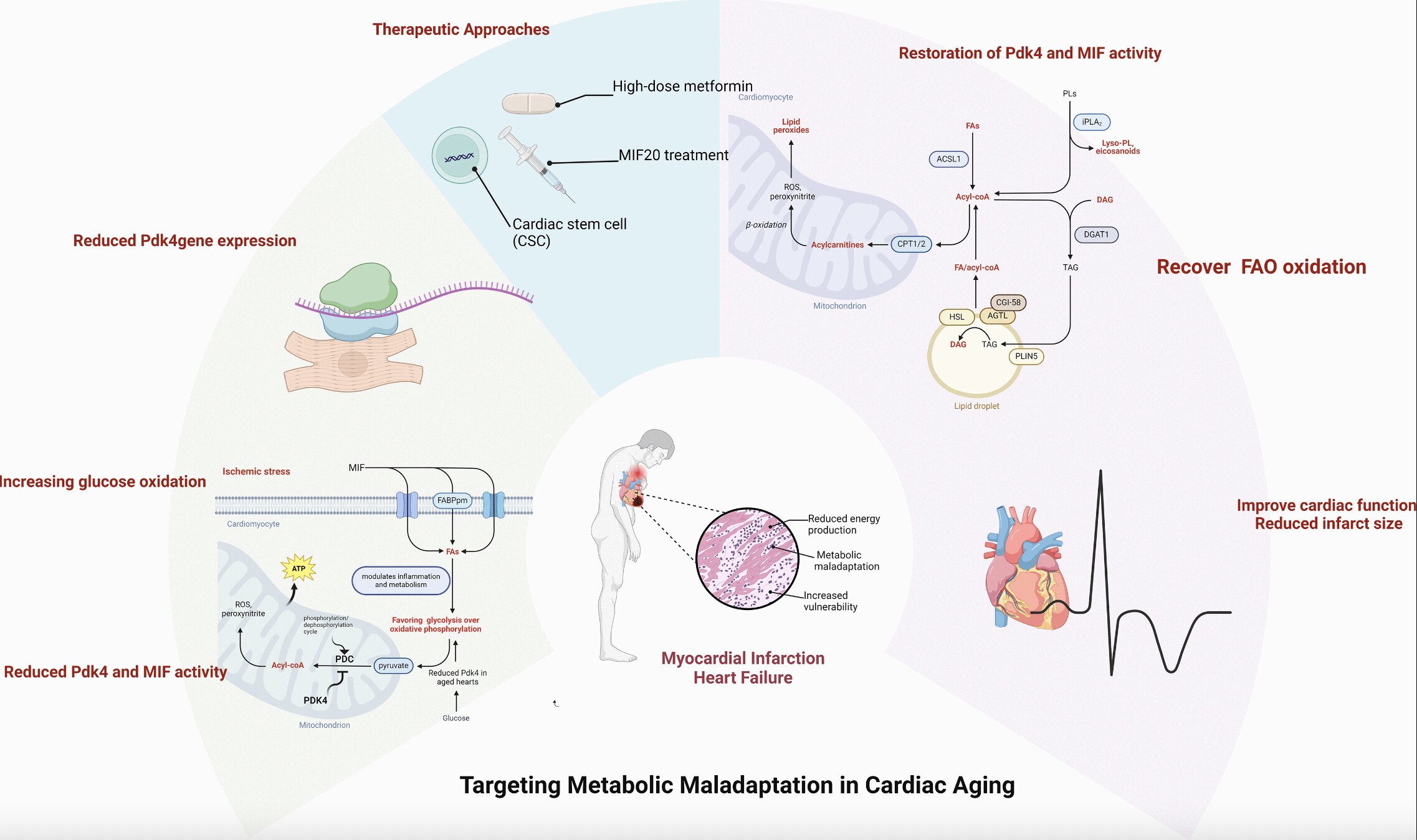A heart attack can trigger a desire to get more sleep, allowing the heart to heal and reduce inflammation — and this happens because the heart sends special signals to the brain, according to a new Mount Sinai study. This research is the first to demonstrate how the heart and brain communicate with each other through the immune system to promote sleep and recovery after a major cardiovascular event.
The novel findings, published October 30 in Nature, emphasize the importance of increased sleep after a heart attack, and suggest that sufficient sleep should be a focus of post-heart-attack clinical management and care, including in the intensive care units, where sleep is frequently disrupted, along with cardiac rehabilitation.
“This study is the first to demonstrate that the heart regulates sleep during cardiovascular injury by using the immune system to signal to the brain. Our data show that after a myocardial infarction (heart attack) the brain undergoes profound changes that augment sleep, and that in the weeks following a myocardial infarction, sleep abundance and drive is increased,” says senior author Cameron McAlpine, PhD, Assistant Professor of Medicine (Cardiology), and Neuroscience, at the Icahn School of Medicine at Mount Sinai. “We found that neuro-inflammation and the recruitment of immune cells called monocytes to the brain after a myocardial infarction is a beneficial and adaptive response that increases sleep to enable heart healing and the reduction of damaging cardiac inflammation.”
The researchers from the Cardiovascular Research Institute at Icahn Mount Sinai first used mouse models to discover this phenomenon. They induced heart attacks in half of the mice and performed high-resolution imaging and cell analysis, and used implantable wireless electroencephalogram devices to record electrical signals from their brains and analyze sleep patterns. After the heart attack, they found a three-fold increase in slow-wave sleep, a deep stage of sleep characterized by slow brain waves and reduced muscle activity. This increase in sleep occurred quickly after the heart attack and lasted one week.
When the researchers studied the brains of the mice with heart attacks, they found that immune cells called monocytes were recruited from the blood to the brain and used a protein called tumor necrosis factor (TNF) to activate neurons in an area of the brain called the thalamus, which caused the increase in sleep. This happened within hours after the cardiac event, and none of this occurred in the mice that did not have heart attacks.
The researchers then used sophisticated approaches to manipulate neuron TNF signaling in the thalamus and uncovered that the sleeping brain uses the nervous system to send signals back to the heart to reduce heart stress, promote healing, and decrease heart inflammation after a heart attack. To further identify the function of increased sleep after a heart attack, the researchers also interrupted the sleep of some of the mice. The mice with sleep disruption after a heart attack had an increase in heart sympathetic stress responses and inflammation, leading to slower recovery and healing when compared to mice with undisrupted sleep.
The research team also performed several human studies. First, they studied the brains of patients one to two days after a heart attack and found an increase in monocytes compared to people without a heart attack or other cardiovascular diseases, mirroring their findings in mice. They also analyzed the sleep of more than 80 heart attack patients during the four weeks after their cardiovascular event and followed them for two years. The patients were divided into two groups — good sleepers and poor sleepers — based on the quality of their sleep during the four weeks following their heart attack. The patients who slept poorly in the weeks after their heart attack had a worse prognosis; their risk of having another cardiovascular event was twice as high as those who slept well. Additionally, the patients with good sleep had a significant improvement in heart function while poor sleepers had no or little improvement.
In another human study, the researchers analyzed the impact of five weeks of restricted sleep in 20 healthy adults. Sleep was monitored using electronic devices and the participants kept a sleep diary. During the five-week study period, half the participants slept for the recommended seven to eight hours a night uninterrupted, while the other half restricted their sleep by 1.5 hours each night — either delaying bedtime or waking up early. After the study period, researchers analyzed blood monocytes and found similar sympathetic stress signaling and inflammatory responses in the sleep-restricted group as those that were identified in mice.
“Our study uncovers new ways in which the heart and brain communicate to regulate sleep and supports including sleep as part of the clinical care of patients after a heart attack. Physicians should inform their patients to prioritize restful sleep during cardiac rehabilitation to help the heart heal and recover after a heart attack,” says Dr. McAlpine.
“This study sheds new light on the interconnection between heart disease and sleep,” said Michelle Olive, PhD, Associate Director of the Basic and Early Translational Research Program in the Division of Cardiovascular Sciences at the National Heart, Lung, and Blood Institute, part of the National Institutes of Health which funded this study. “It suggests that more sleep could speed healing after a heart attack and suggests potential pathways for improving cardiac care after these events. Additional studies are needed, particularly clinical studies, to confirm the findings.”
This research was supported by the following National Institutes of Health grants: R01HL158534, R00HL151750, R01AG082185, 5T32HL007824-25, P01-HL142494, DP2-CA281401, R01HL128226, R35HL155670, T32HL007343, UL1TR001873.
Disclaimer: The content is solely the responsibility of the authors and does not necessarily represent the official views of the National Institutes of Health.

